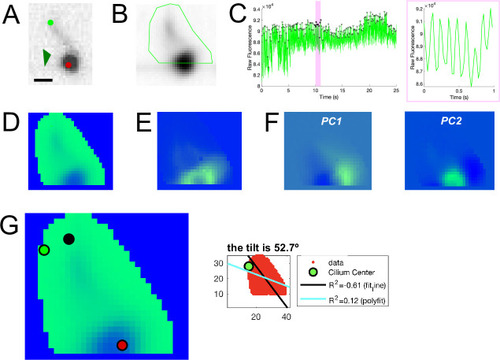Figure 4—figure supplement 3.
- ID
- ZDB-FIG-231101-8
- Publication
- Bellegarda et al., 2023 - The Reissner fiber under tension in vivo shows dynamic interaction with ciliated cells contacting the cerebrospinal fluid
- Other Figures
- All Figure Page
- Back to All Figure Page
|
Example cilia analysis process. ( |

